Your cart is currently empty!
Red Chamber’s No. 12 It girl–The Nymph 秦可卿/警幻仙子
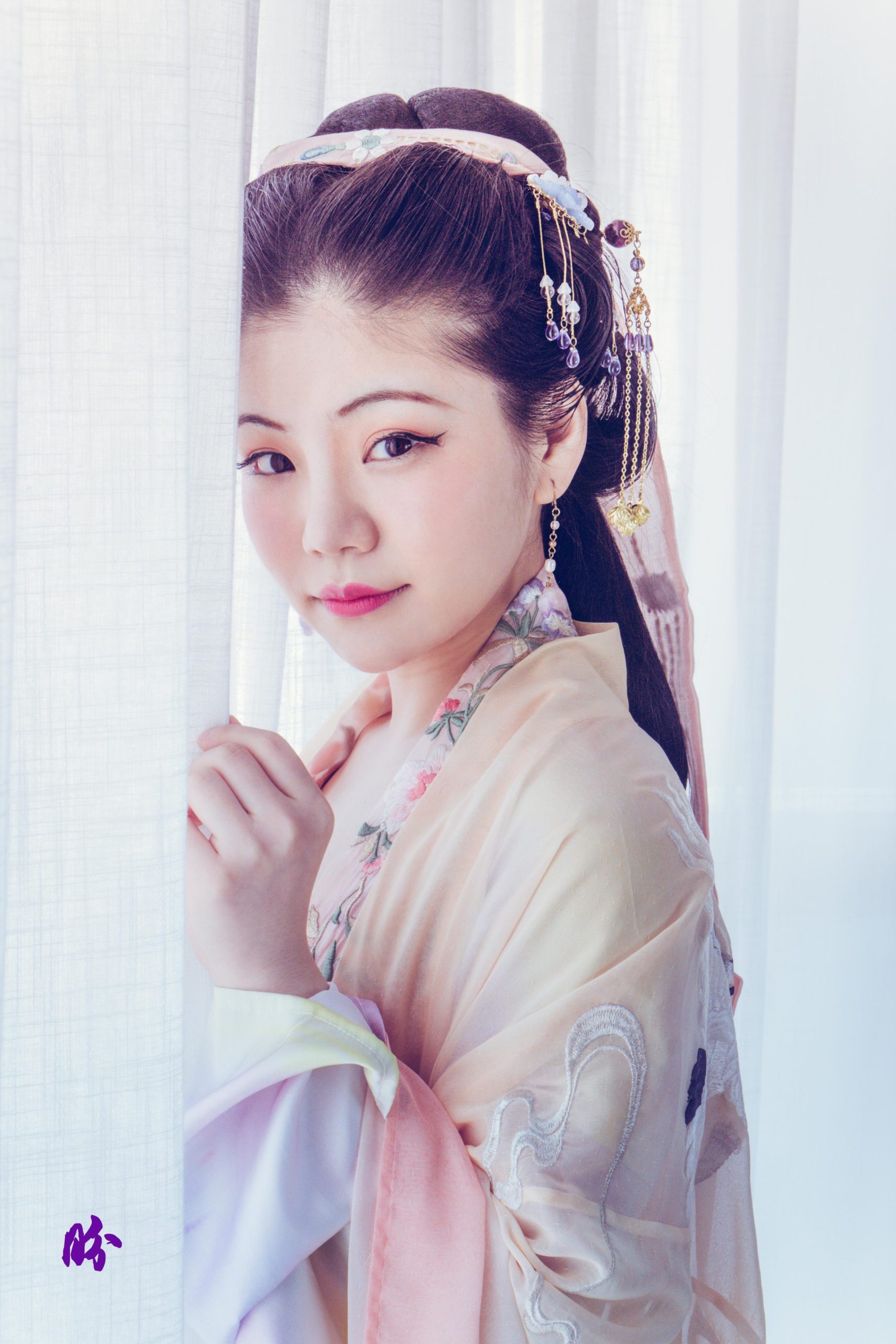
Because I always tend to read things from back to front, I shall skip the foreword, leave it to the back when I’ve posted every one of the 12 characters, and go straight into the first (or rather, last. Alpha or omega?;) ) It girl in the Chinese classic Dream of the Red Chamber (think Pride & Prejudice + Gossip Girl–18th Century China).
She’s probably the most… uninhibited of the lot– the Carrie Bradshaw equivalent in those days.
The 12 It girls/female characters in this 18th century Chinese literary classic originated from a dream of the male protagonist, in which he travelled to the Land of Illusion and met this fairy/nymph/goddess who is Qin Keqing.
There are like 36 women mentioned in the dream, so it’s no wonder that a friend commented she couldn’t tell the women apart after a while! I didn’t think I could either… until this project. They all have very distinct characters actually!
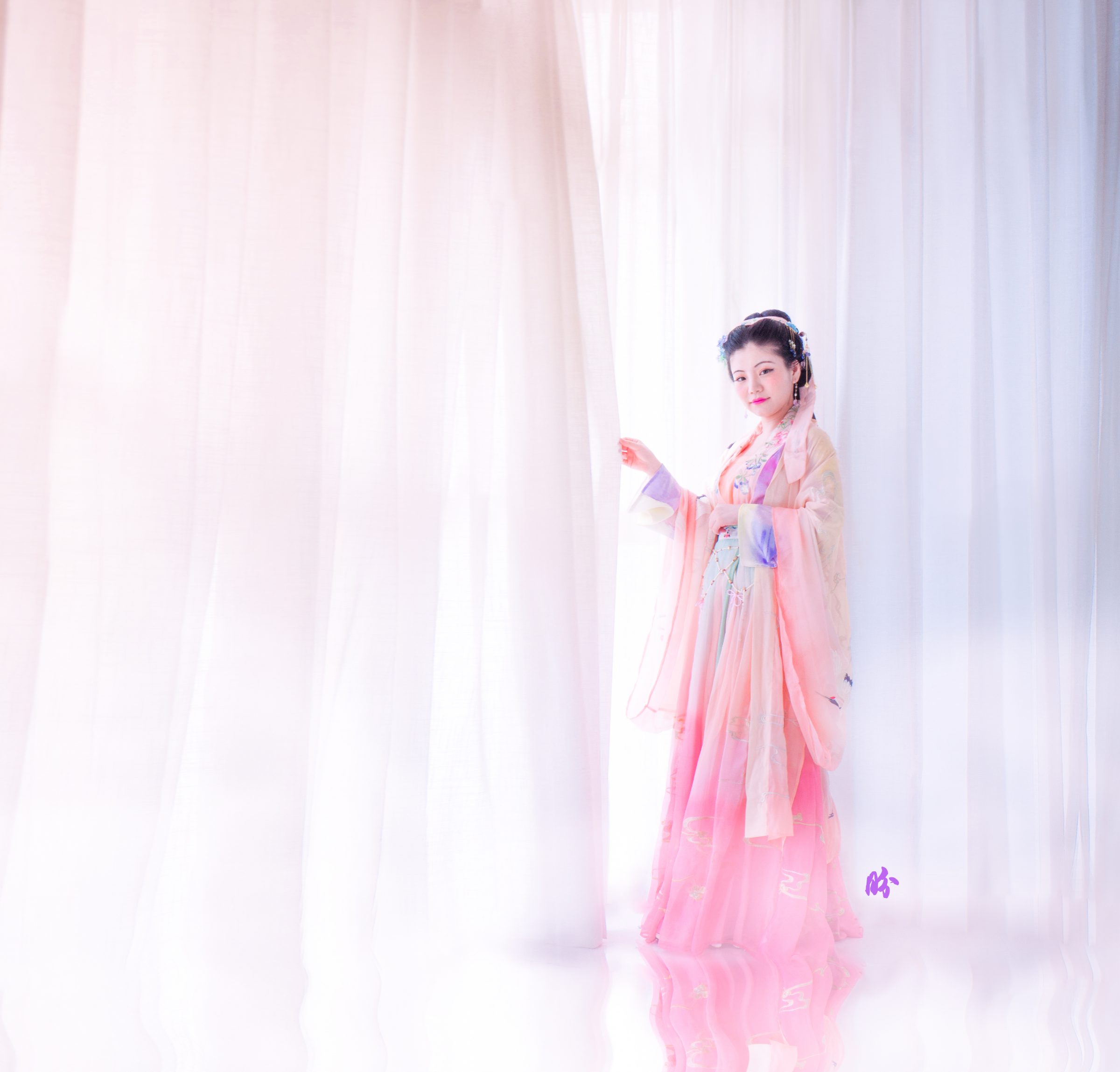
She showed him 3 books that identified and named the “top girls/women” of their time, amongst which were the Official volume (for the creme de la creme, the women in the direct family of the male protagonist), Annex Volume and the Second Annex volume (for the female attendants who were still considered way above ordinary women of their time).
Now, there is this misconception amongst many of us today, that it is a bad and lowly thing to be a female attendant/servant in those days. I remember when I was preparing for my History of Chinese Dress performance, one of the performers was exceptionally particularly about not calling her the “attendant” and insisted on her role as the “young daughter”. In fact, in those days, female attendants of big families were very much held in high esteem and were way above in status than the commoners out there in the fields. And in the palace, female attendants were also often from very well-to-do families. There were standards to uphold in large households like that, so the next time you come across mention of female attendants in large households, remember, they had higher status than even the performers/entertainers/artistes (or celebrities in today’s context).
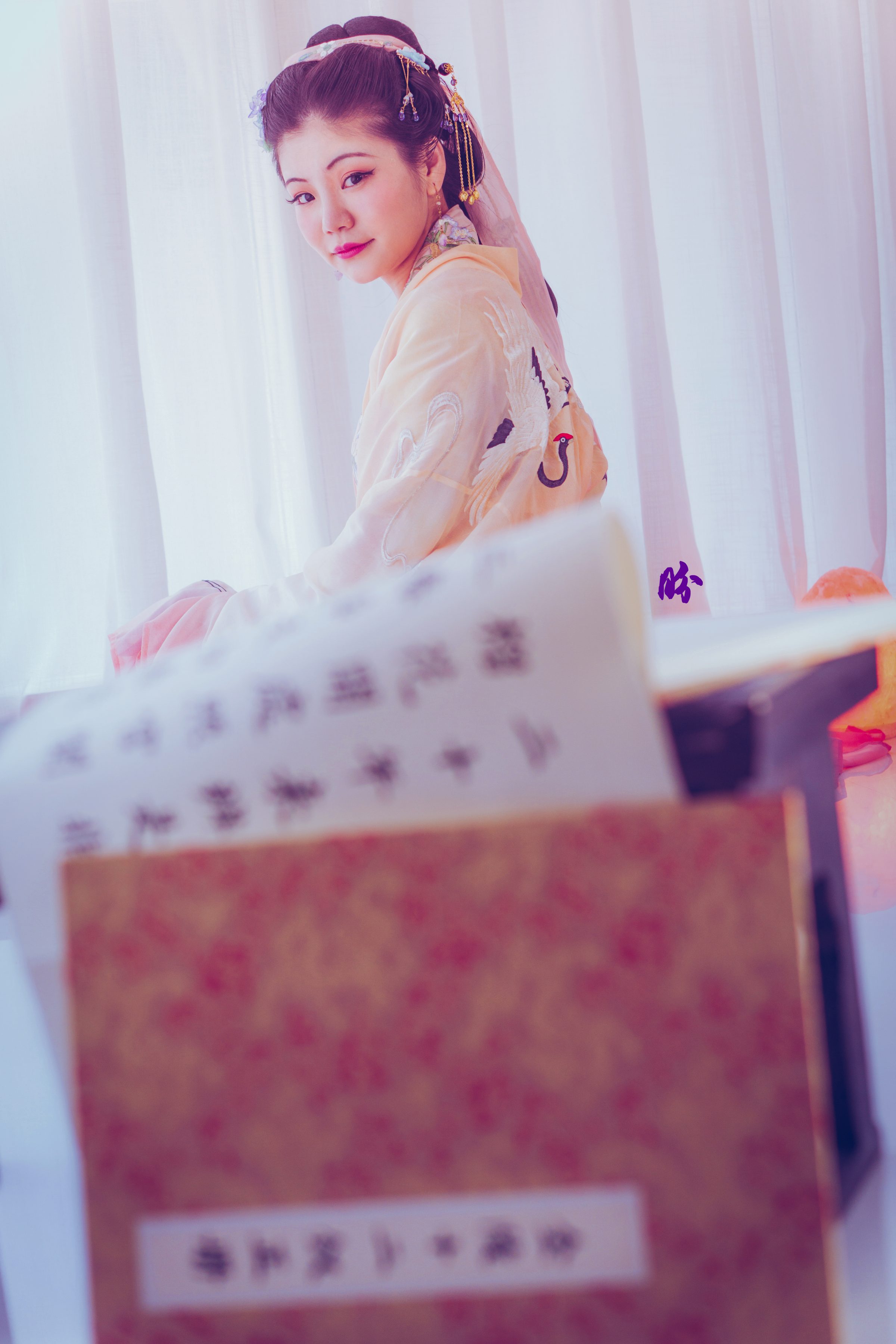
The It girls came from the top volume, which detailed the fates of 12 female characters in poem/lyrical form.
Qin Keqing was both the mythical fairy/nymph in the dream, as well as one in real life–she was described as being flirtatious and quite a trigger of sexual desires in men.
As such, I’ve taken the liberty to call her the Nymph.
Rumour has it (some academics studying the book theorised) that Qin Keqing was actually a royalty (princess) married into the family. This would explain why she had her own room in the household (instead of sharing one with her husband).
When she passed away, the status/rank of her husband wasn’t even high enough to organise and head her funeral procession, and the husband’s family had to buy him a higher title for that purpose. On top of that, her coffin was made of a special type of wood that only the royalties could use (in ancient China, if you use material above your rank, you could be executed/persecuted).
Rumour also has it that she had affairs with her father-in-law (consensual), and was a nymph in every way with a wide collection of sensual objects in her room.
So one would wonder why would someone so ‘unchaste’ be portrayed as a goddess/nymph in such a critical dream that forewarned the male protagonist of the ill fate of all the girls in the family. She actually appeared as a character similar to the Siren (as in Greek mythology) in which she kind of unleashed his sexual desires and had him enjoy all the wonderful things in life (i.e. taste the most delicious tea and wine which had a sinister undertone to them). She was supposed to warn him about the ill fate that await the family, but he didn’t see it, and continued in his indulgence.
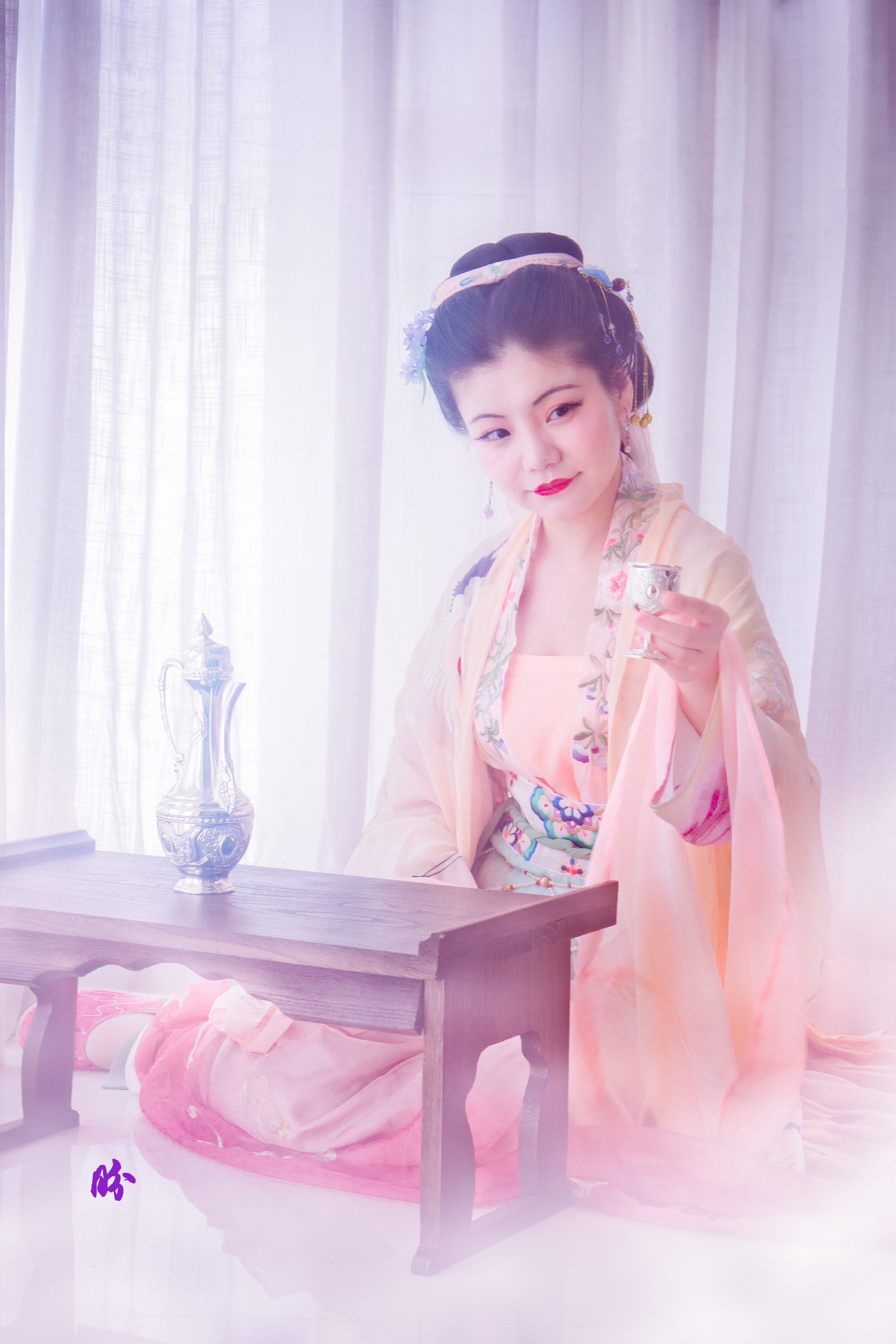
The tea and wine he drank, were called “A thousand red in one pot” and “thousands of splendour in one cup” respectively. Sounds pretty amazing, but the sinister undertone is that, in Chinese, it sounds and means something like “a thousand women of tears” and “thousands of beauties in tragedy”.

It’s interesting how the author decided to get the most promiscuous girl of the lot to warn the most promiscuous guy (well, the Nymph called the male protagonist that in the *cough* wet *cough* dream) on the perils of over-indulgence and to get his life sorted. Considering that he grew up in a family full of girls… female attendants, sisters, cousins, distant cousins whom he could marry etc. (like the West and many cultures in the past, it was OK to marry your distant cousins. There were some rules governing which cousin you could marry though), it is no wonder that he merely enjoyed the encounter in his dream and forgot about the warning messages.
Then again, if he woke up from the dream and heeded all her warnings, we wouldn’t have the rest of the story/book.
Eventually, according to the prophecy in the dream, Qin Keqing the nymph died a mysterious death–some said it’s a result of her affair with her father-in-law. Who knows.
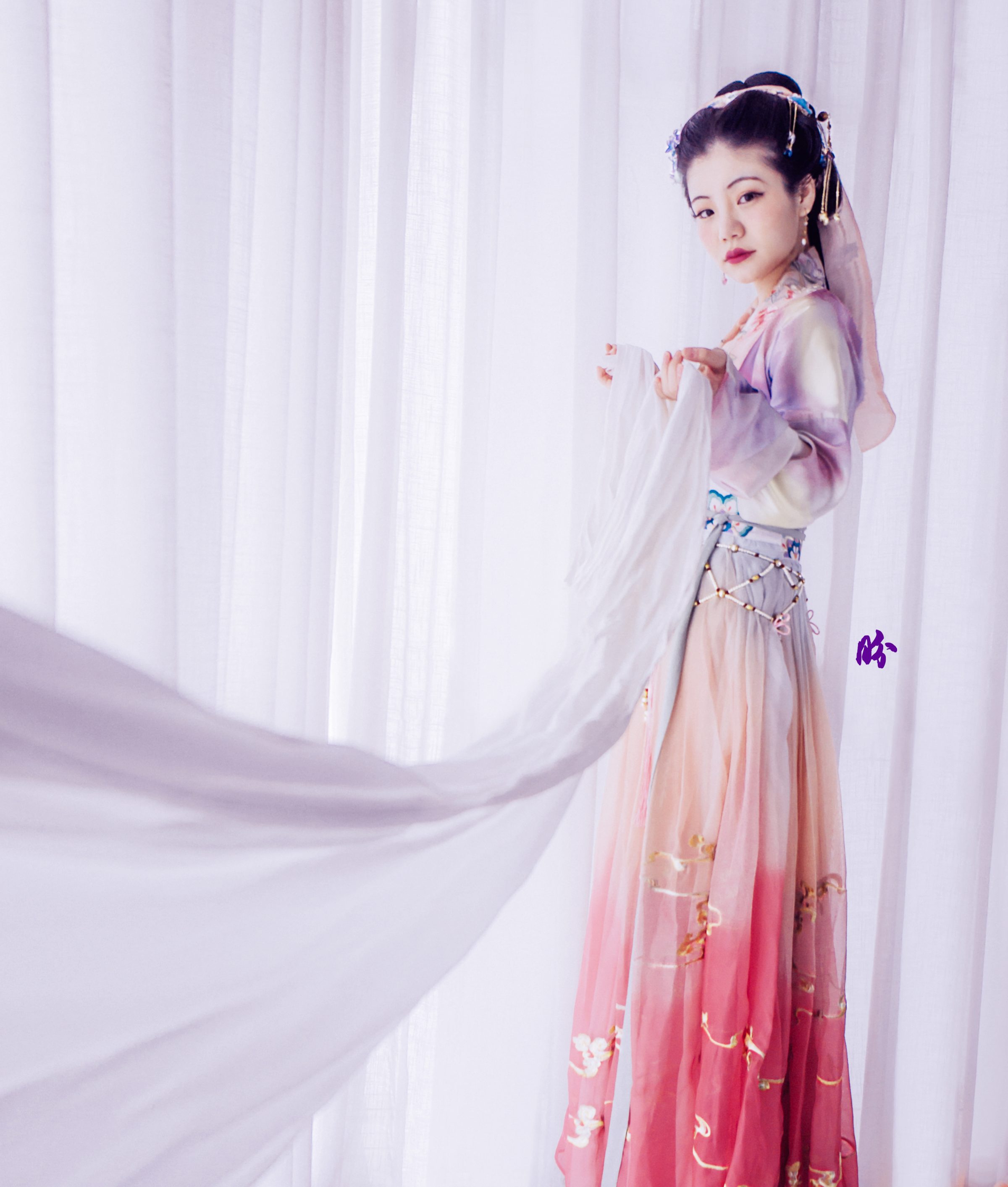
It is widely believed that Qin Keqing’s real life reference was a real princess in the Qing court (since the book is a semi-autobiography of sorts). Her dad was probably the original crown prince who lost the fight for the throne and as a result, she was implicated and her death might be related to that fall from grace.
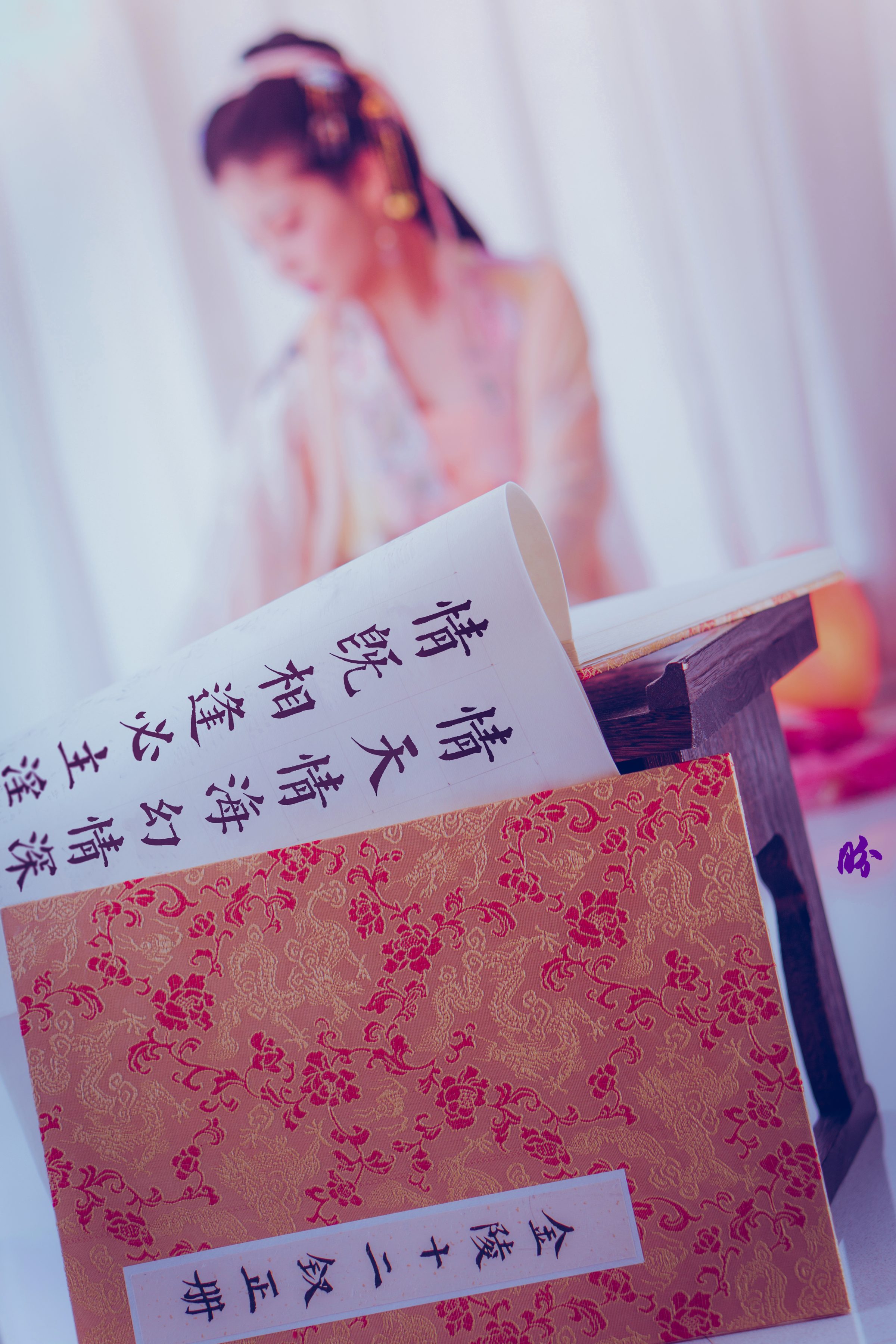
It was also mentioned in writing by a critique/friend during the same period as the writer who read the original manuscript, that the author wrote extensively about this character initially, but for some reason those were censored/removed in the eventual publication. It is likely that the content was too close for comfort for the royal family and they had ordered it to be removed, or the author himself removed them out of fear.
She’s the most.. ephemeral character in this series of photos. I like the mythical take of her, instead of portraying her as a promiscuous ‘earthly creature’. lol She didn’t make sexual liberation look cheap and ugly, as it would have been based on traditional Chinese values. Instead, she was seen as empowered, self-sufficient, and she actually looks after all the worldly desires and affairs in the dream! It kind of feels like… you gotta be one who is very familiar with such matters to be managing them–hmm…. so no paper warriors~! Not in heaven~! Work your way up!:P
Alright, I’m going to.. do more research on the next character~ (this is especially tough because I didn’t read the book… GAHHH)
2 responses to “Red Chamber’s No. 12 It girl–The Nymph 秦可卿/警幻仙子”

I used to see her as this unwitting young lady who was ‘used’ by others (the Fairy of Disenchantment, her father-in-law, even the author) to help unfold the plot. I’m not sure if she has any agency of her own, her introduction and departure seems quite deliberate, especially that description of her bedroom which to me seems like an awkward prose disjointed from the rest of the book. Also, I suspect she isn’t complicit in her affair with her father-in-law, probably was forced into it, that’s why she (supposedly) committed suicide. That’s the interesting thing about this book though. So many things are hinted at its like a big riddle the readers have to decipher.

Haha I am of the other camp–the poem seems to suggest promiscuity and the Dream kind of paints her as someone who has great power over affairs (so rather self empowered and well). I didn’t read the book, so it’s based on what my project partner told me and some research on her as a character alone. I love how open these things are, that’s why there are centuries of studies n debates on them!
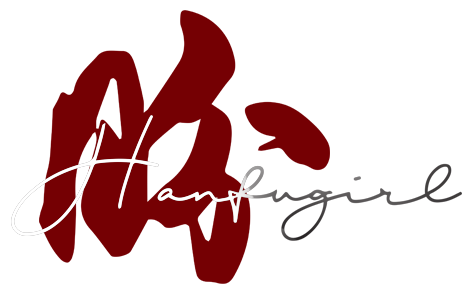
Leave a Reply